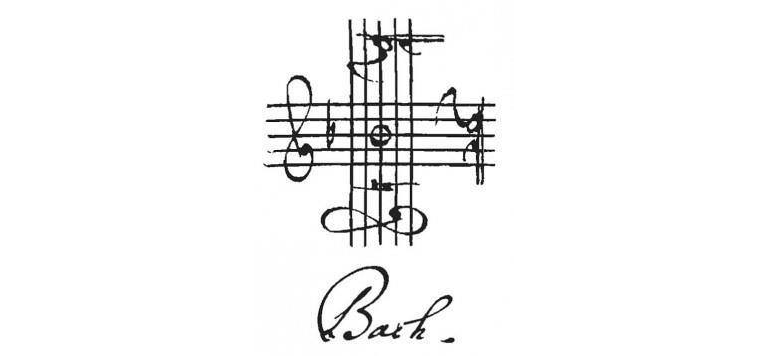Bringing it all together
In this guide...
Key terms:
Subscription required!
To view the complete study guide, you will need a valid subscription. Why not subscribe now?
Already have a subscription? Make sure you login first!
Bringing it all together
Let's turn finally to J.S. Bach for a clever way to bring together all that we've learned about clefs and note-names.
Recap: names of notes
First of all, let's have a quick recap on the names of the notes, in particular the note-names in other countries.
In English-speaking countries, we name the notes according to letter names, alphabetically from A to G (A, B, C, D, E, F, G), repeating from A again when we reach G (so: E, F, G, A, B, C ...). These notes are written on the stave with one note to each line or space.
There are several other systems for naming the notes. You might not encounter these in your music theory studies, but you are quite likely to see them in music.
The English system (A to G) is similar to the German system, except that the German system adds the letter H, which is the same note as the English B natural; B flat is simply called B in the German system. This system is commonly used in northern Europe.
An alternative system is commonly used in southern European countries (specifically those with a "Romance" language, such as Spain, France, and Italy). This uses the syllables do (or ut), re, mi, fa, sol, la, and ti (or si), which correspond to the notes C through B.
The clefs
We have encountered all four of the commonly-used clefs: the treble clef, the bass clef, the tenor clef, and the alto clef.
 The treble clef, indicating G
The treble clef, indicating G The bass clef, indicating F
The bass clef, indicating F The tenor clef, indicating C
The tenor clef, indicating C The alto clef, indicating C
The alto clef, indicating CJ.S. Bach
In J.S. Bach's time (1685—1750), all four clefs were as commonly used as they are today, but perhaps even more so, in particular in choral vocal music (where today we use only the treble and bass clefs).
Recall from above that there is a note "H" in the German system. This enabled Bach to spell his name in musical notes: B-A-C-H. He was very fond of doing this and you can often find this "signature" in his music.
As a final thought on this subject, consider this design occasionally used by Bach to sign his name. Can you see how he has cleverly spelled out B-A-C-H using only one note but three clefs?
 The letters B-A-C-H (using the German system) spelled out using three clefs and one note
The letters B-A-C-H (using the German system) spelled out using three clefs and one noteRead more...
With a subscription to Clements Theory you'll be able to read this and dozens of other study guides, along with thousands of practice questions and more! Why not subscribe now?